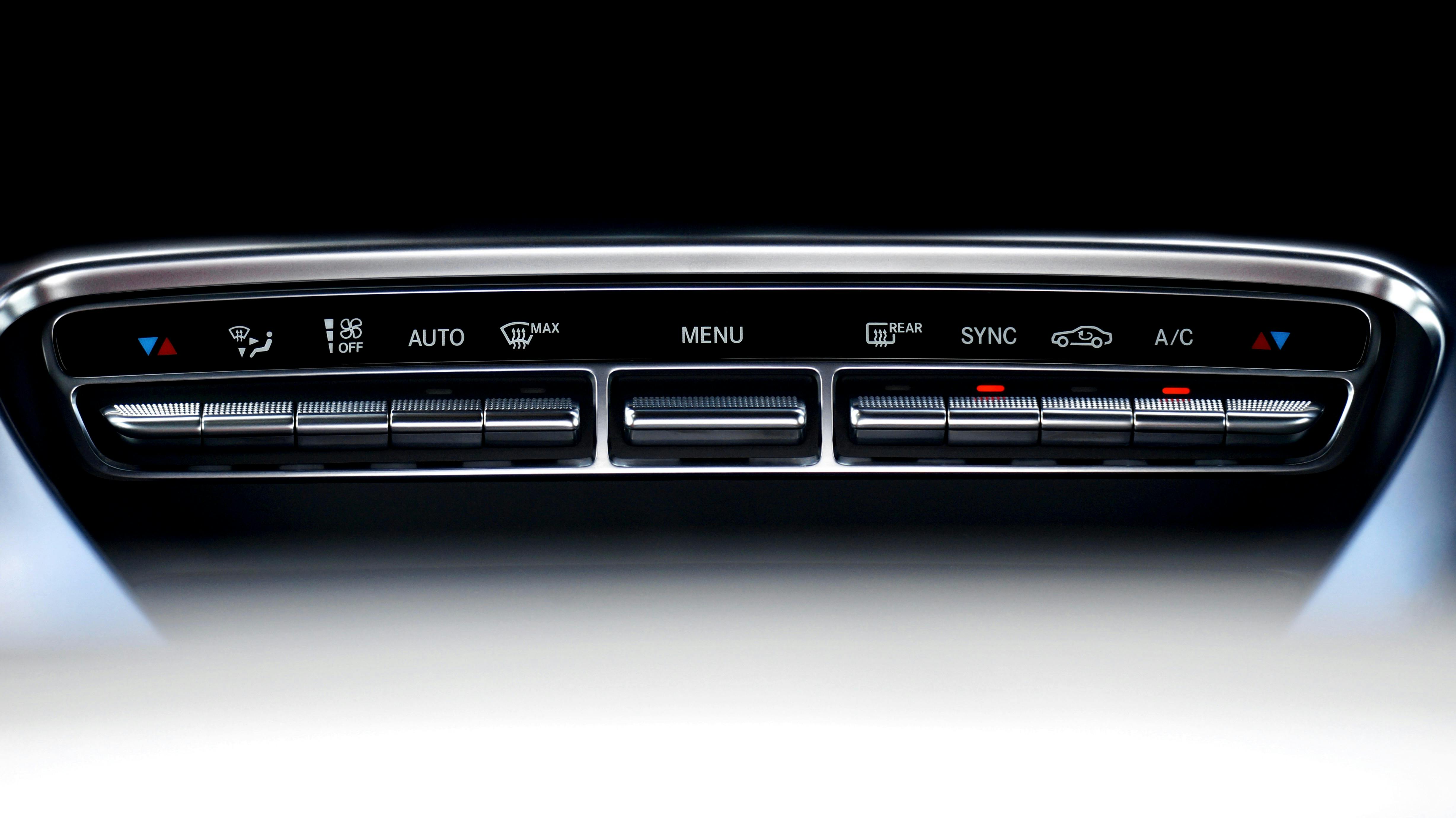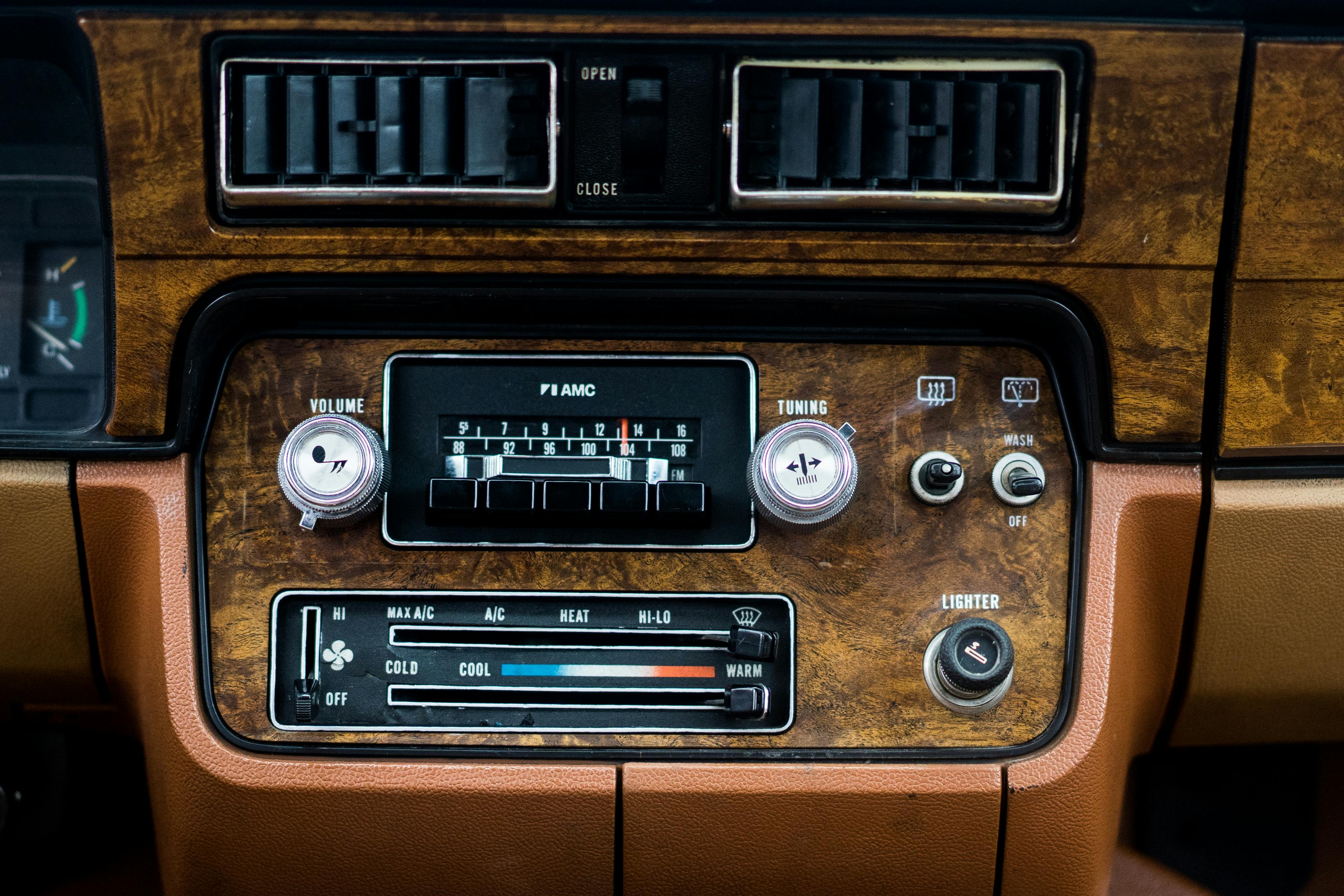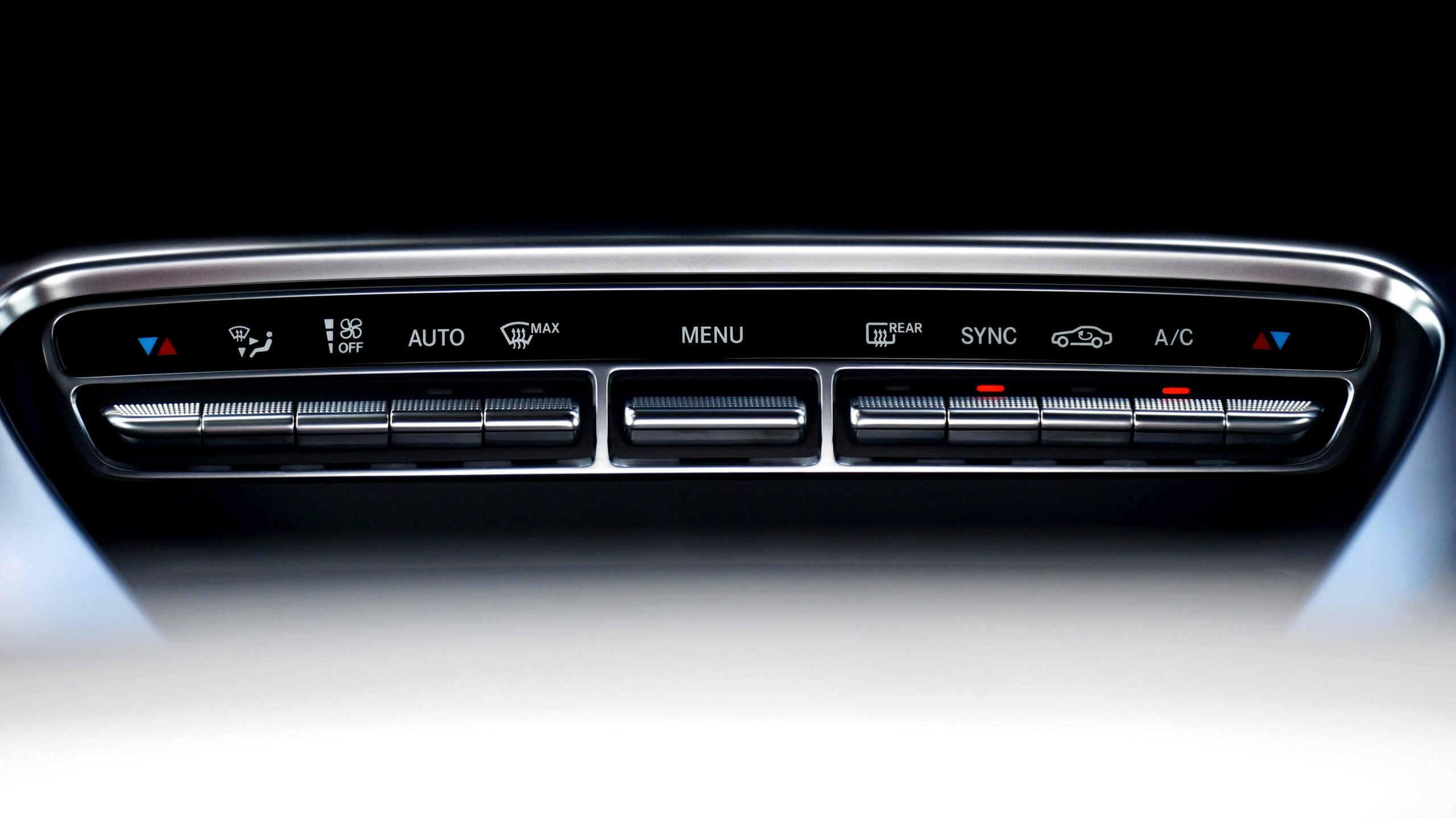Imagine breathing air so pure it rivals the pristine atmosphere of remote mountain peaks, while microscopic materials embedded in your walls actively combat toxins and regulate humidity at the molecular level. In 2025, the convergence of nanotechnology and interior design is revolutionizing how we think about luxury living spaces. Traditional air purifiers and wellness systems can only do so much, leaving discerning homeowners frustrated with incomplete solutions that fail to address the invisible threats lurking in our indoor environments. This molecular approach to luxury interior wellness represents a quantum leap beyond conventional design thinking, offering unprecedented control over your living environment’s health and comfort parameters.
The molecular revolution transforming interior wellness
Nano-material integration represents the most significant advancement in interior health technology since HVAC systems. These materials, engineered at the atomic scale, can actively purify air, neutralize pathogens, and regulate atmospheric conditions with precision impossible through traditional methods. Leading manufacturers are now incorporating titanium dioxide nanoparticles, silver ions, and photocatalytic materials directly into wall finishes, textiles, and architectural elements.

This Photo was taken by Mike Bird.
The statistics are compelling. According to the Environmental Protection Agency, indoor air can be 2-5 times more polluted than outdoor air. Nano-enhanced surfaces can reduce airborne bacteria by up to 99.9% within hours of installation. These microscopic warriors work continuously, breaking down volatile organic compounds (VOCs), allergens, and even viral particles through advanced oxidation processes.
Revolutionary photocatalytic surfaces
Photocatalytic coatings infused with titanium dioxide nanoparticles activate under both natural and artificial light to decompose organic pollutants. When integrated into paint formulations, wallcoverings, and ceiling treatments, these surfaces become self-cleaning and air-purifying elements that work 24/7. The technology operates through a simple yet sophisticated process where light energy triggers electrons to create hydroxyl radicals that attack and neutralize contaminants.
| Nano-Material Type | Primary Function | Effectiveness Rate | Applications |
|---|---|---|---|
| Titanium Dioxide | Photocatalytic purification | 99.9% pathogen reduction | Wall coatings, ceramics |
| Silver Nanoparticles | Antimicrobial action | 99.5% bacteria elimination | Textiles, fixtures |
| Graphene Oxide | VOC absorption | 95% chemical neutralization | Air filtration systems |
Integrated air purification systems beyond traditional HVAC
Modern luxury homes require air purification systems that seamlessly integrate with climate-responsive interior design while maintaining aesthetic integrity. Advanced molecular filtration systems employ multiple nano-engineered stages that target specific contaminants with surgical precision.

This Photo was taken by Ksenia Kartasheva.
Polymerase chain reaction monitoring
The most advanced systems incorporate real-time air quality monitoring using PCR technology to detect and quantify specific pathogens, allergens, and pollutants. This data feeds into AI-powered adaptive systems that automatically adjust purification intensity, humidity levels, and air circulation patterns based on detected threats.
These systems communicate with other smart home elements, creating a unified wellness ecosystem. When elevated pollen counts are detected, the system can automatically close smart windows, increase filtration, and activate nano-enhanced surfaces to maximum purification mode.
Plasma field generation technology
Cold plasma generators create ionized fields that neutralize airborne contaminants through electrical charge manipulation. Unlike traditional ionizers, these systems generate no harmful ozone while effectively breaking down chemical pollutants and deactivating pathogens. The plasma fields can be integrated into existing ductwork or deployed through decorative ceiling installations that double as architectural features.

This Photo was taken by Erik Mclean.
Material science meets luxury aesthetics
The integration of nano-materials into luxury interiors requires careful consideration of both performance and visual appeal. Leading material scientists have developed techniques to embed purification properties into traditional luxury finishes without compromising their inherent beauty or tactile qualities.
Natural stone surfaces can now be treated with nano-coatings that preserve their original appearance while adding antimicrobial properties. Fabric treatments using silver nanoparticles maintain textile hand-feel and color while providing continuous pathogen protection. These advances allow designers to specify wellness-enhancing materials without aesthetic compromise.
Biomimetic surface engineering
Inspired by natural air purification processes, engineers have developed surfaces that mimic the molecular structures found in plant leaves and bird feathers. These bio-inspired nano-textures create massive surface areas within microscopic spaces, dramatically increasing purification efficiency while maintaining smooth, elegant appearances suitable for luxury applications.
The technology behind these surfaces draws from biophilic design principles, creating materials that function like living systems while requiring no maintenance or energy input beyond ambient light.

This Photo was taken by antonio filigno.
Implementation strategies for ultra-premium spaces
Successfully integrating molecular luxury systems requires a comprehensive approach that considers existing architecture, lifestyle patterns, and performance objectives. The most effective installations combine multiple technologies in layered approaches that provide redundant purification pathways.
Initial assessment involves detailed air quality analysis, identification of contamination sources, and evaluation of natural light patterns throughout the space. This data informs the selection and placement of nano-enhanced materials and active purification systems.
Zones of molecular protection
Premium installations create graduated purification zones with highest intensity in bedrooms and living areas where occupants spend the most time. Micro-environmental control systems can adjust purification intensity based on occupancy patterns and specific health requirements of individuals.
Integration with
Post navigation
